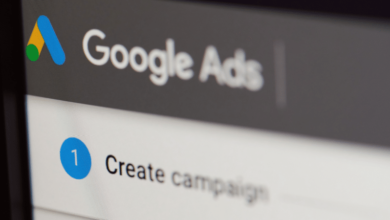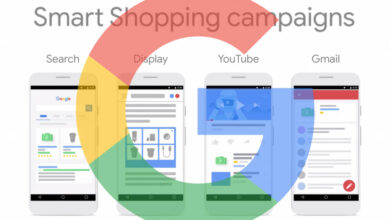Report reveals paid search contributes to historic $241.4 billion holiday season

The 2024 Holiday Shopping Season: A Game-Changer in Retail
Channel Wins and Consumer Behavior Shift
The 2024 holiday shopping season witnessed a significant shift in consumer behavior, with paid search leading the way for retail sales, according to Adobe. Smartphones emerged as the dominant platform for online purchases, while generative AI played a pivotal role as a shopping assistant.
Key Highlights:
Channel wins: Paid search dominated holiday retail sales with a 29.7% revenue share, showing a 1% increase year-over-year. Affiliates and partners, including influencers, outperformed social media traffic with a growth rate of 17.6%.
Influencers proved to be highly effective, converting shoppers 9 times more than social media overall, with 37% of Gen Z making purchases based on their recommendations.
By the numbers:
- Total online spending reached $241.4 billion, marking an 8.7% increase year-over-year.
- Paid search revenue accounted for 29.7% of total sales.
- Mobile shopping share increased to 54.5% of transactions, up from 51.1% in 2023.
- Buy Now Pay Later spending totaled $18.2 billion, showing a 9.6% increase year-over-year.
- AI chatbot retail site traffic saw a remarkable 1,300% growth year-over-year.
The Big Picture
Three categories drove over half of all online spending:
- Electronics: $55.3 billion (up 8.8%)
- Apparel: $45.6 billion (up 9.9%)
- Furniture/home goods: $29.2 billion (up 6.8%)
Why It Matters
The data highlights the effectiveness of paid search advertising during the 2024 holiday season, underscoring the importance of a strong presence in the competitive digital space. The rise of mobile shopping and the increasing reliance on generative AI chatbots emphasize the need for mobile-centric strategies and innovative shopping experiences.
Between the Lines: Price sensitivity drove consumer behavior, leading to an increase in demand with every 1% price decrease. This trend prompted consumers to opt for higher-ticket items, with premium product sales rising by 21%.
What’s New
Generative AI emerged as a significant shopping assistant, with a 1,950% increase in chatbot usage on Cyber Monday. Approximately 70% of consumers reported enhanced shopping experiences with the use of AI.
Mobile Momentum: Smartphones dominated holiday shopping, with mobile devices accounting for up to 65% of all online sales on Christmas Day. Buy Now Pay Later transactions saw a significant shift towards mobile, with 79.1% of purchases made on smartphones.
Bottom Line
The 2024 holiday season showcased a fundamental transformation in ecommerce, highlighting the prevalence of mobile shopping, AI assistance, and flexible payment options as the new norm in digital retail.
FAQs
1. How did influencers impact consumer behavior during the 2024 holiday shopping season?
Influencers proved to be highly effective, converting shoppers 9 times more than social media overall, with 37% of Gen Z making purchases based on their recommendations.
2. What were the key drivers of online spending during the 2024 holiday season?
Electronics, apparel, and furniture/home goods drove over half of all online spending, showing growth rates in respective categories.
3. How did price sensitivity influence consumer behavior during the holiday season?
For every 1% price decrease, demand increased by 1.029%, leading to an additional $2.25 billion in online spending. Consumers opted for higher-ticket items, with premium product sales rising by 21%.
4. What role did generative AI play in the 2024 holiday shopping season?
Generative AI emerged as a significant shopping assistant, with a 1,950% increase in chatbot usage on Cyber Monday. Approximately 70% of consumers reported enhanced shopping experiences with AI.
5. How dominant were smartphones in holiday shopping transactions during the 2024 season?
Smartphones dominated holiday shopping, accounting for up to 65% of all online sales on Christmas Day. Buy Now Pay Later transactions saw a significant shift towards mobile, with 79.1% of purchases made on smartphones.


